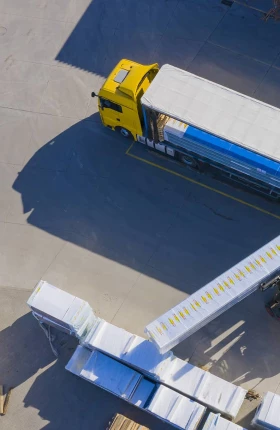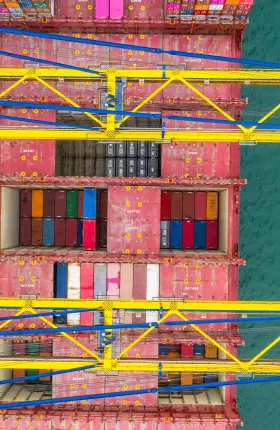Prime Minister Narendra Modi touted India’s trade connectivity on his June visit to the US. The trip announced a slew of business deals and was part of a series of initiatives from India, including new trade deals with UAE and Australia. India is also leveraging its role as host nation for the 2023 G20 cycle.
The So What
India is fast becoming a key beneficiary of changes in global trade patterns. Given the current trends and the country’s economic reforms, India is actively being considered by companies seeking to balance the need for efficiency and lower costs with the need for supply chain resilience and global diversification.
“India’s strategy of increasing trade connectivity, greater openness, more selective and less intense protection for domestic industries is already paying dividends,” says Michael McAdoo , partner and director, Global Trade & Investment at BCG.
With a large domestic market for its goods, India hasn’t needed to trade as much as some smaller countries in Southeast Asia, for example. But it’s now positioning itself as an increasingly attractive hub for global exports through gradual economic reform and the easing of protections in the domestic market.
“India has a whole suite of policy tools that it has combined with a good demographic profile as well as a large and growing domestic market to become very attractive for inward investment,” explains McAdoo.
- India’s service export industry is growing. In 2022, India exported more services than Saudi Arabia exported oil. Services will be key to any relationship with the US, says McAdoo, given the US is a huge market for services as well as a services exporter in its own right.
- India is home to high-quality engineering talent which will help it pivot to the changing needs of the technology industry. This includes engineers across mechanical, electrical, and software disciplines.
- India is also increasingly competitive when it comes to manufactured products. India is about 10 percentage points less expensive than some of its main competitors as a position from which to serve the US market, even before extraordinary US tariffs are taken into account.
- Companies that choose India as a base would also gain access to India’s unparalleled domestic market, which leading forecasters expect to grow at about 6% in 2023.
Now What
“India has great momentum at this point. If it can continue to work on its main challenges, including inland logistics, administrative efficiency, and improving its trade connectivity into larger developed economies, its future will keep getting brighter,” McAdoo says.
Leaders can take three actions on India:
- Understand the market better. Even companies already present in the market often underestimate the scale and diversity that India can offer. Opportunities and risks are often different across regions, states and cities.
- Consider India as a platform for global exports. As many companies seek to balance supply chains anchored in single countries, India represents an interesting alternative, given its cost position and improving logistics and trade connectivity.
- Find talent in India. India’s young population and strong technical education system make it an excellent source for knowledge economy roles, many of which can be done for the world – from India.






